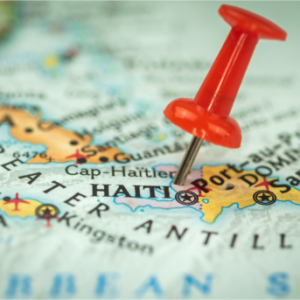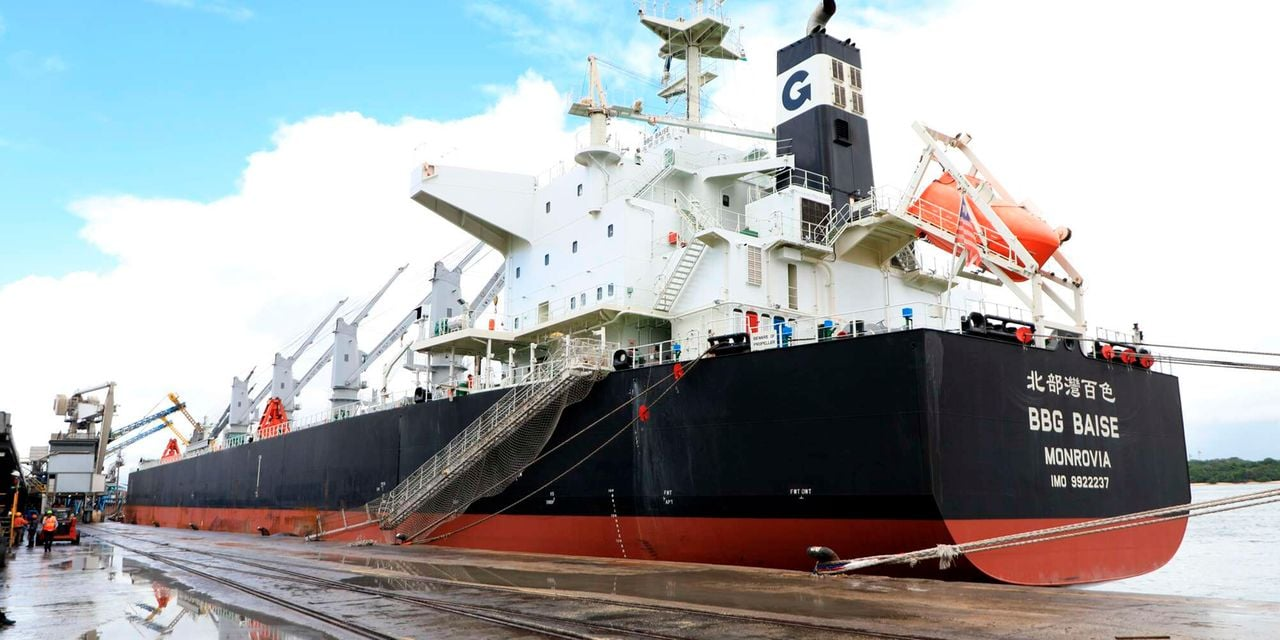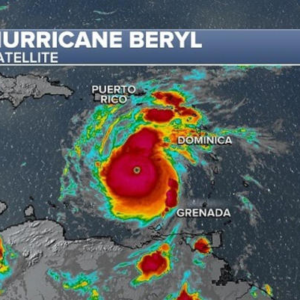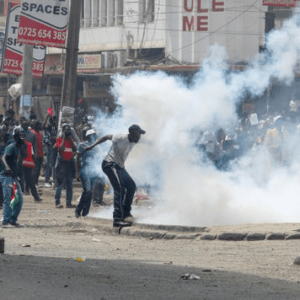A shipment of 564 tonnes of fertiliser donated to Kenya by Russia last year has disappeared at sea, according to new details, suggesting possible theft of the agricultural input.
The missing shipment was part of 34,400 tonnes of fertiliser raw materials that Kenya received from Russia as part of its charm offensive to gain support from African countries in its deadly conflict with Ukraine.
The fertiliser raw material was supposed to triple the production of ready-to-use products for distribution to farmers across the country, Auditor General Nancy Gathungu said in her latest report.
The public auditor said the missing cargo did not arrive at the port of Mombasa, suggesting it left Russia but never arrived in Kenya.
“The NCPB (National Cereals and Produce Board) received 33,835.9 metric tonnes, resulting in a deficit of 564.1 metric tonnes compared to the 34,400 metric tonnes of fertiliser raw materials donated by Russia. The cause of this deficit has not been explained,” Ms Gathungu noted in an audit on the NCPB.
The missing 564 tonnes of fertilizer raw material would have produced 1,643 tonnes of ready-to-use fertilizer, worth Sh197 million at the market price of Sh6,000 for a 50kg bag.
The Russian Embassy in Kenya noted last August that the 34,400 tonnes Moscow had donated to Nairobi would allow for the production of 100,200 tonnes of finished product after reformulation.
“Over 34,000 tonnes of fertilizer donated to Kenya by Russian group Uralchem-Uralkali is currently being reformulated to produce 100,200 tonnes of fertilizer. This will greatly help Kenya achieve a good harvest this year,” the embassy said on August 3, after the input arrived in the country.
Once reformulated, the fertilizer (34,400 tonnes) would have a market value of Sh12 billion. Russia’s donation came amid rising input prices globally.
Fertilizer prices have soared following Moscow’s full-scale invasion of Ukraine in February 2022, as sanctions imposed on Russia limited the availability of natural gas, a key input for nitrogen fertilizers such as ammonia and urea.
This has had a financial impact on farmers, with some, particularly in Africa, stopping using fertilisers altogether, hampering yields and worsening the food crisis.
Since then, fertilizer prices have fallen as natural gas prices have fallen, but the European fertilizer industry is still struggling to recover as Russian imports take a larger share of the market.
The price of a tonne of fertiliser peaked at Sh87,510 in 2022 when the war between Russia and Ukraine broke out, but declined to Sh68,849 last year. Producing 51.9 million tonnes per year, Russia ranks as the third largest fertiliser producer in the world, behind the US which produces over 54 million tonnes and India with an annual output of 52.6 million tonnes. It is not clear when the 564 tonnes of fertiliser donated to Kenya by Russia disappeared.
The fertilizer went missing amid allegations that the NCPB had distributed counterfeit fertilizer under a subsidy program. Eighty percent of lawmakers in Parliament voted to sack Agriculture Cabinet Secretary Mithika Linturi for allegedly violating constitutional provisions on integrity and prudent use of public resources, according to the motion in the National Assembly.
The minister is accused of approving the “purchase and distribution of counterfeit fertilizers.” He escaped impeachment.
Mr Linturi did not respond yesterday to requests for comment on the location of the missing fertiliser, which could be applied to between 15,000 and 30,000 acres of land at a rate of 50kg/acre to 100kg/acre.
The Auditor General also notes that the NCPB did not provide a breakdown of costs associated with the fertilizer raw material, including shipping costs, transportation costs from the port to the granulator, and handling costs. These costs would provide insight into how much the NCPB spent to obtain a 50 kg bag of finished product.
“Under these circumstances, the accuracy and completeness of the fertilizer granulation costs and the quantities of the various fertilizers granulated cannot be confirmed,” says Ms. Gathungu.
The government continues to emphasize the importance of the fertilizer subsidy program, allocating about one-fifth of the agricultural sector budget to the program.
“To achieve food and nutrition security, I propose an allocation of Sh54.6 billion for various programmes in this sector. This includes: Sh10 billion for the fertiliser subsidy programme,” Treasury Secretary Njuguna Ndung’u said while presenting the budget speech for the current financial year.
Similar articles









